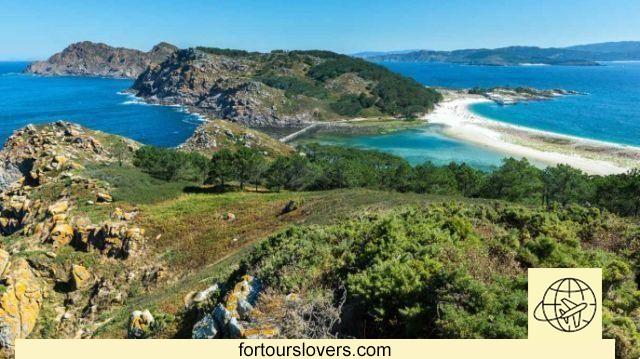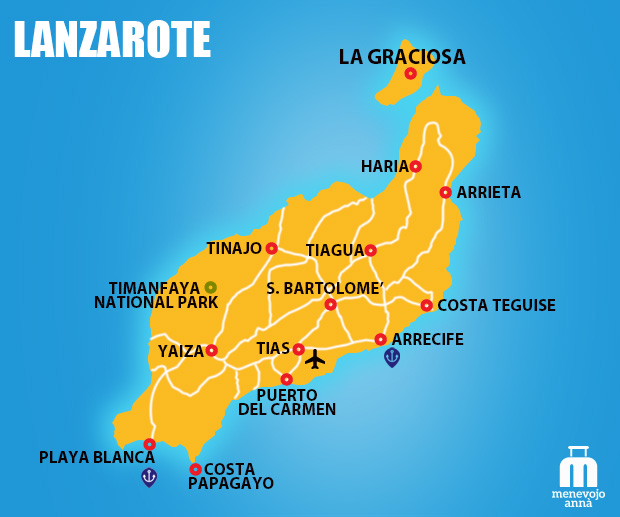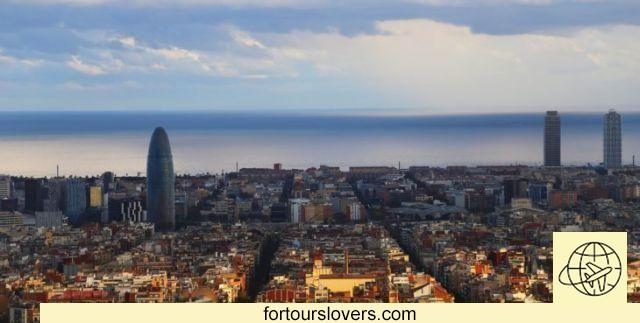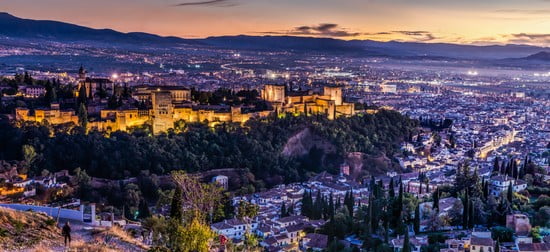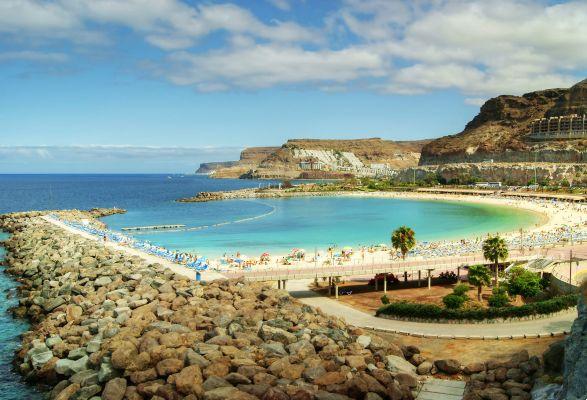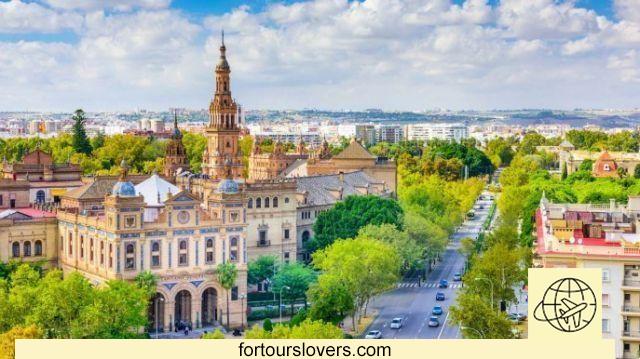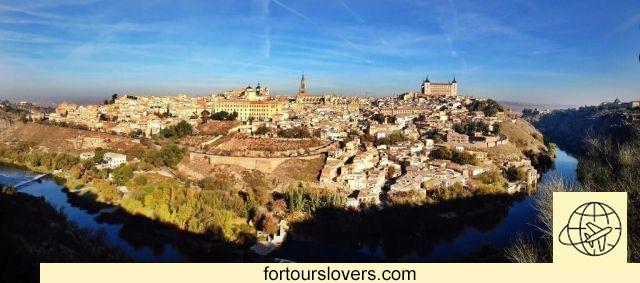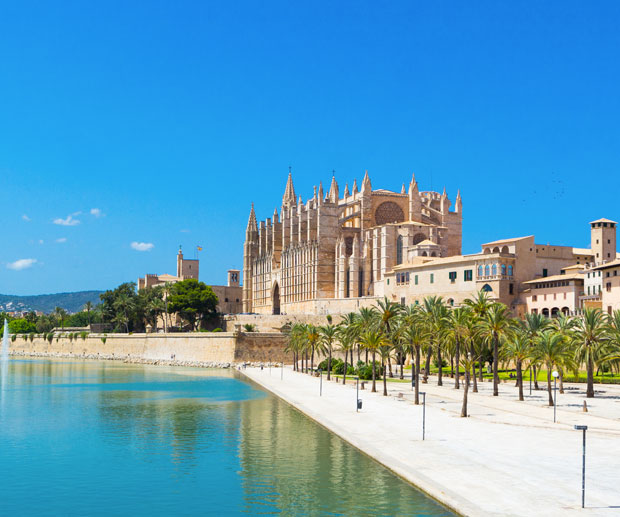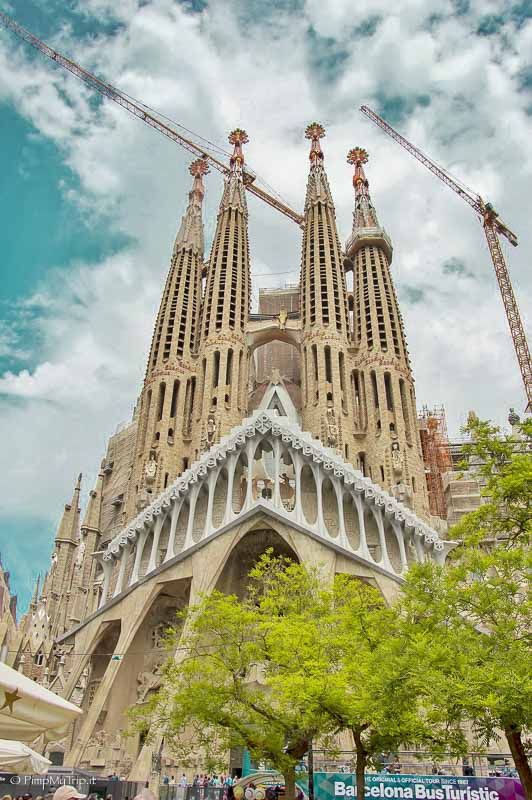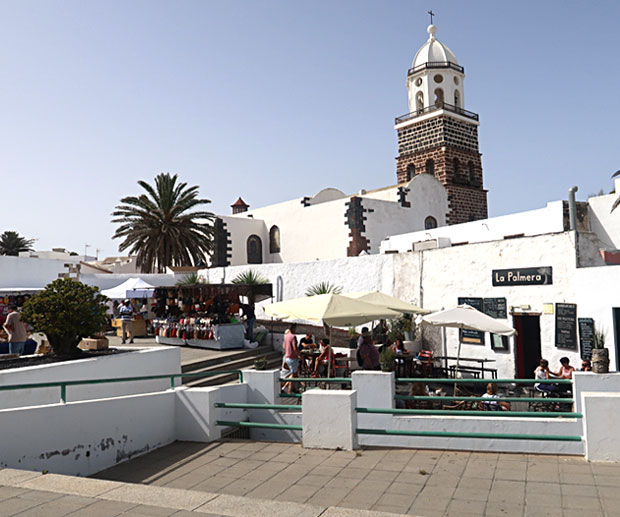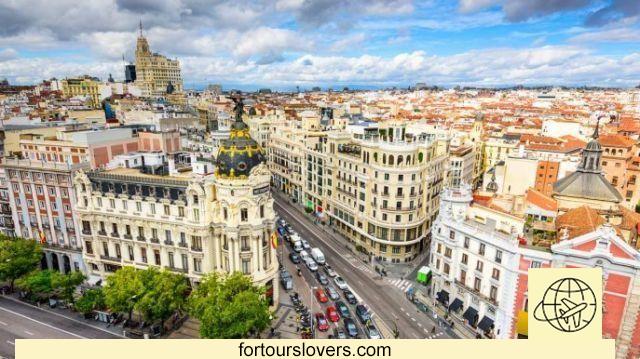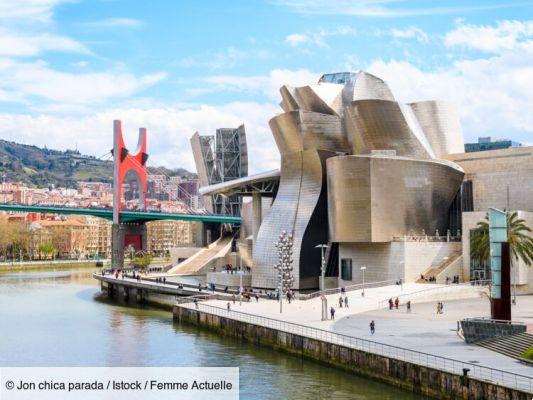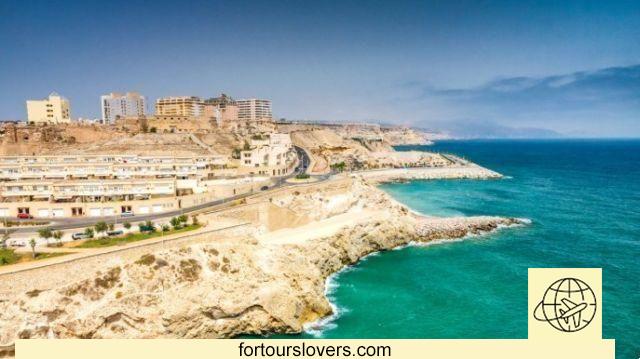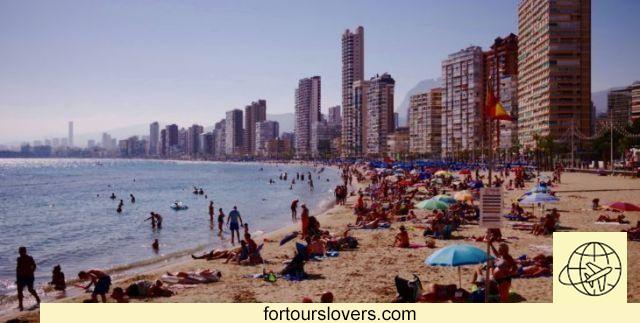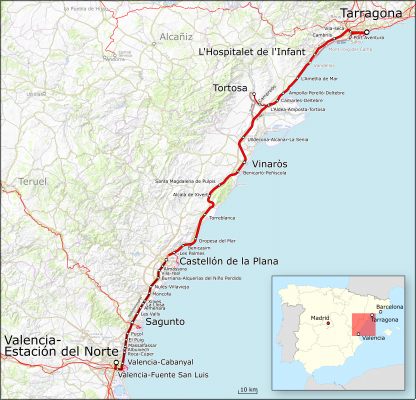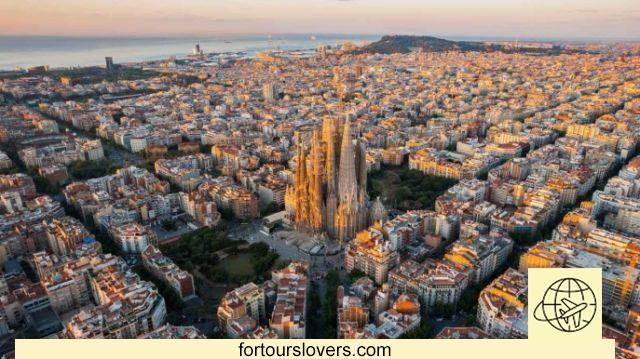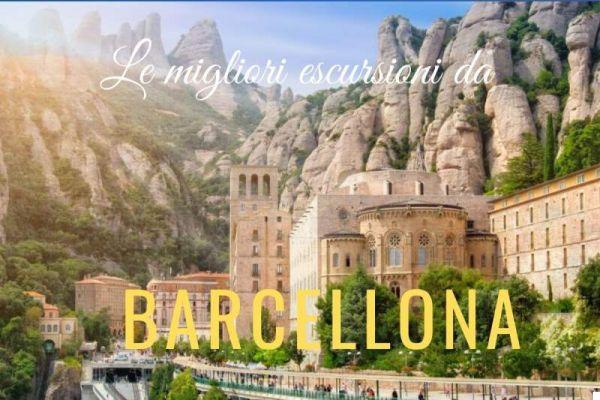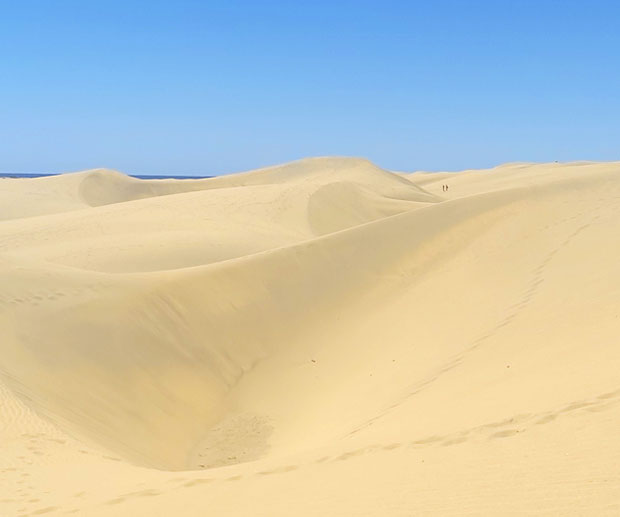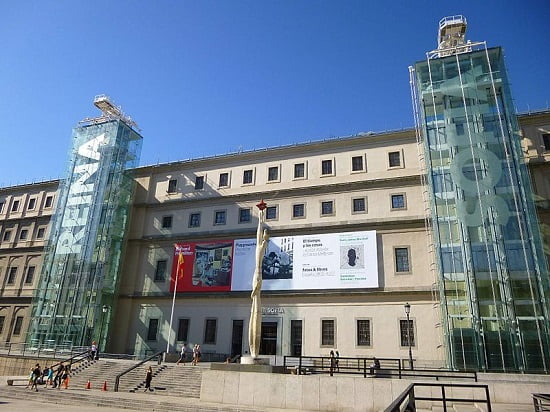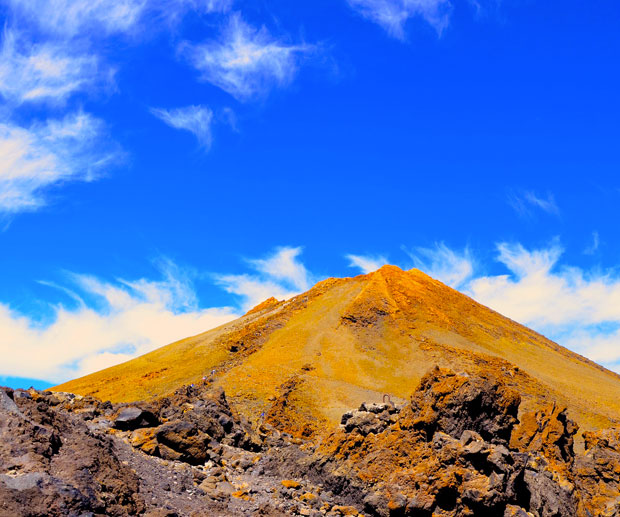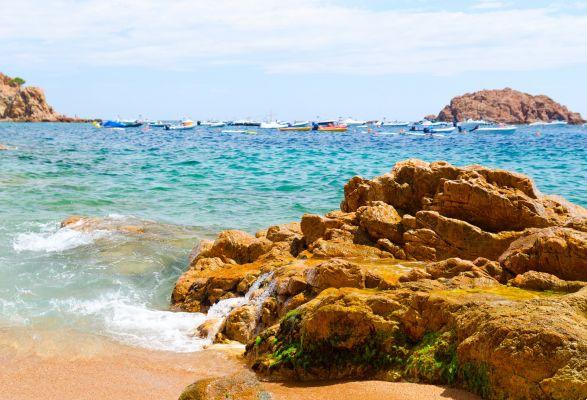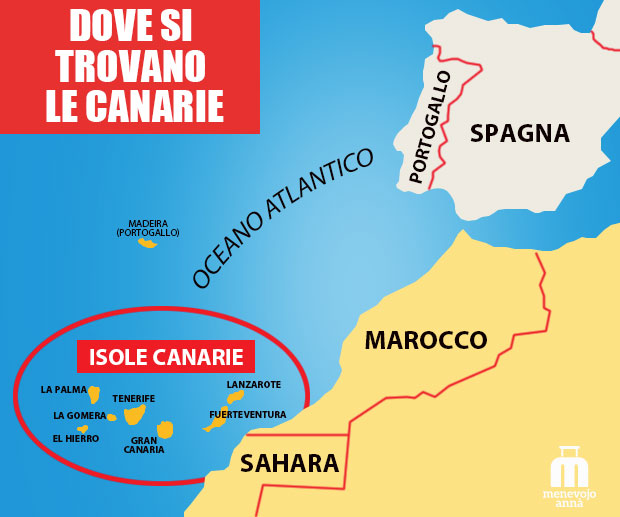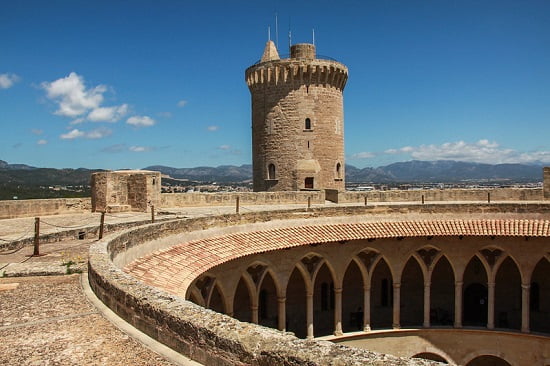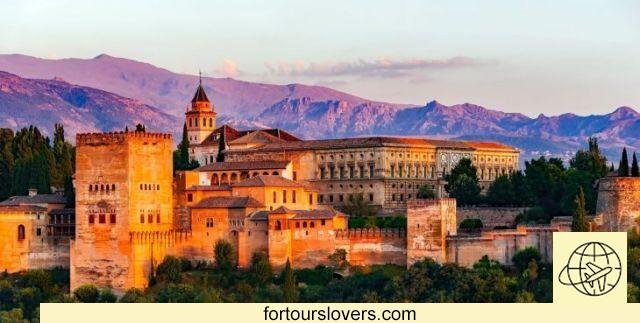
Granada
10 things to do and see in Granada and 1 not to doMuch of the appeal of Granada it comes from his historical past. There are even those who consider it a almost perfect compendium of Spanish history, a judgment that projects the city beyond belonging to Andalusia. Indeed, in the last twenty years, thanks to the explosion of tourism, the size of Granada has become increasingly internationalized, as shown by the data relating to the flow of visitors. The other aspect that makes Granada different from the other Andalusian provinces is the slightly continental climate. The city, in fact, is located about 700 meters above sea level and is protected by the peaks of the Sierra Nevada. In short, it is a bit cooler than other places in southern Spain, which certainly doesn't hurt. Below, we see together the main attractions of Granada starting, of course, from its most famous symbol, the Alhambra. Happy reading.
1 Alhambra
There are two reasons why we put theAlhambra ranked first among things to do in Granada. First of all, because it is one of the most important monuments of Arab art in the world; the second reason is that the “monstre” turnout suggests that you visit the site before all the other attractions, so as not to get stuck in very long queues or, even worse, to be cut off from the daily limited number imposed on the structure. That said, the Alhambra absolutely lives up to its fame. The Catholic monarchs were the first to notice this Ferdinand and Isabella of Castile which, once the Reconquest, elected the structure a Royal Palace thus preventing its oblivion. Lots of things to see, starting with the military area ofAlcazaba, continuing for the Medina where, during the centuries-old reign of the Nasrids, there were the residences of the nobles at the court of the sultans. And they are two buildings in the Medina - Palacio de Comares e Palacio de los Leones - to be the main attraction of the Alhambra. Both, in fact, testify to the decorative richness of this red brick fortress 150 meters above sea level (the etymology “al-hamra” means “the red one”). We refer in particular to the Mexuar, the hall of justice in the first palace, and to the courtyard inside the second palace where, instead, the Courtyard of the Lions, fountain with 12 lions. It is not over because within the Alhambra there is also a Museum of Fine Arts, housed in the Renaissance palace built later by the Spanish king Charles V; while, just outside the walls, there are the magnificent gardens of the Generalife, home that the Arab sultans used as a place of rest and refreshment. Not to be missed!
2 Albaicin
Albaicín (or Albayzín) is the old Muslim quarter of Granada. It stands on the hill opposite the Alhambra and, like it and the Generalife gardens, is below UNESCO protection. Visiting the area takes at least half a day. The reason, more than the list of things to see, which are still many, is to be found in the quantity of urban and architectural details offered by the streets and squares (see photo). A real paradise for photography lovers that among the large palaces (Carmenes) that line the streets of the neighborhood and the two viewpoints of la Lona and San Nicolas really have something to indulge in. The first viewpoint embraces the entire lower city, while the most famous Mirador de San Nicolas offers a magnificent view of the Alhambra and the Sierra Nevada. Finally, particular mention for Calle Calderería Nueva and for the Bathtub, the Arab Baths of the Albaicín. The first is a pedestrian street famous for the presence of shops serving all kinds of tea (also known as “Calle de las Teterías”). The Bañuelo, on the other hand, is located in Calle del Darro and represents an extraordinary testimony of how a hammam was structured in ancient times. To be seen!
3 Sacromonte
A visit to the historic center of Granada cannot be complete without the district of Sacromonte, on the eastern side of the city. Historically it is famous for being the gypsy quarter of Granada, even if its history is a bit more complex. It is true, in fact, that in Sacromonte (or Sacramonte) mainly gypsies lived but from the end of the 500th century they were joined by Jews and Muslims ousted from the city walls. The neighborhood became more densely populated and this happened by supporting the building techniques used up to then by the gypsies of Granada. And that is by digging caves in the sides of the hill, each one different from the other. In fact, two factors were most important: the composition of the family unit and the orographic constraints of the excavated part. With the tourist boom the caves of Sacromonte (see photo) have become the main attraction of the area, complete with dedicated museum in which both the living conditions and the traditional activities of the inhabitants are explained in detail. Among these, honorable mention for the zambra, a local variant of flamenco, still danced in the restaurants and nightclubs of the neighborhood. Also worth a visit theSacromonte Abbey which, together with the Alhambra, the Cathedral (see next point) and the Cartuja (see point 6) ideally completes the tour of the sacred monuments of Granada.
4 Cathedral of Saint Mary of the Incarnation
Together with the choice of the Alhambra as the new Royal Palace, with the construction of the Cathedral of Santa Maria de la Encarnación the kings Ferdinand and Isabella of Castile wanted to give another tangible sign of the victory of the Christians over the Arabs. A victory that was exalted above all in its spiritual implications, leaving in the background the military events that also had a role in the "Reconquista". The presence of numerous buildings around the Cathedral prevents you from fully appreciating its monumentality with the obvious exception of Baroque main facade announcing the church in Plaza de las Pasiegas. On the other hand, however, the circumstance induces visitors to immediately focus on the interiors, where the main chapel is above all surprising, which should not be confused with the Royal Chapel adjacent to the church and which we will discuss in the next point. The stained glass windows that adorn the Capilla Mayor they tell the whole religious parable of Jesus Christ: from the preaching of the Baptist to the main events of earthly life. Also inside the Main Chapel, moreover, there are the statues of the 12 apostles whose location serves as a symbolic recognition of the role played in the spiritual construction of the Catholic Church. From an architectural point of view, however, the Cathedral of Granada is the result of the superimposition of different styles: in addition to barocco of which we have already said, there are numerous plateresque and neoclassical elements in line with the Renaissance period in which the original project of the church at the hands ofarchitect Diego De Siloe. For more information see the Official site: catedraldegranada.com.
5 Royal Chapel
La Royal Chapel is another unmissable stop on a trip to Granada. Built between 1505 and 1517 this building houses the bodies of the spouses Ferdinand and Isabella of Castile. The decision to be buried in the city was taken by the two sovereigns with a special royal decree on 13 September 1504. That same year Isabella died while, curiously, her consort Ferdinando died a year before the works on the chapel were completed. THE sarcophagi de Los Reyes Católicos were made in Carrara marble from Italian sculptor Domenico Fancelli. Ferdinand is represented in a military pose with sword and cloak, while Isabella's simplicity is exalted in line with the choice made at the time by the queen to be buried in a Franciscan habit. The Capilla Real of Granada is also home to the picture gallery of Isabella of Castile with works of inestimable value including a Botticelli it's a Perugino. Joan of Castile, daughter of Ferdinand and Isabella, and her consort Philip of Habsburg are also buried in the Royal Chapel - which, we recall, is located right next to the Cathedral. For more information on the history, times and methods of visiting, consult the place: capillarealgranada.com (English version available).
6 Monastery of la Cartuja
Il Monasterio Nuestra Señora de la Asunción, better known as Monastery of the Cartuja, is located a couple of kilometers north of the city cathedral. From an architectural point of view it is considered the maximum expression of the Andalusian Baroque even if it is more correct to speak of a fusion of different styles - Gothic, Renaissance and, finally, Baroque - the inevitable result of the more than 300 years it took to complete the building (from the XNUMXth to the XNUMXth century). Several things to see: thealtar-canopy in gilded wood; The dome of the sacrario frescoed byCordova artist Antonio Palomino; the paintings di Juan Sánchez Cotán e Pedro Atanasio Bocanegra to finally arrive at the sacristy unanimously recognized as the highlight of the visit. Made by the master of Andalusian baroque Francisco Hurtado Izquierdo, this rectangular environment strikes for the harmony between architectural, pictorial and sculptural elements. A perfect dynamic equilibrium that to many art historians has suggested the comparison, between continuity and fractures, with the Nasrid art of the Alhambra. To be seen!
7 Alcaiceria
After the Monastery de la Cartuja we return to the historic center, to be precise in Calle Alcaiceria a hundred meters from the Royal Chapel. This street is what remains of the Gran Bazaar of Granada, the old Arab market of the city that stretched from Plaza Nueva to Plaza de Bib la Rambla. About 500 meters of road entirely occupied by ceramic and silk shops. The term Alcaiceria, in fact, derives from the Arabic “al - kaisar - ia” which literally means “the place of Caesar”. Historically it is a tribute to the Roman emperor Justinian for having granted the Arab community the exclusive right on the production and sale of silk. This activity continued until the XNUMXth century - well beyond, therefore, the Nasrid period - and then stopped abruptly due to a fire that destroyed much of the market area. The reconstruction took place on a small scale, while modernity did the rest for the merchandise. However, without prejudice to the approval of the objects sold, it is still possible to buy today in Calle Alcaiceria typical products like fajalauza (painted pottery), inlay (objects inlaid in wood) e streetlights (colored glass lamps). To be seen!
8 Federico Garcia Lorca Park
The Arab and Christian influence permeates almost the entire story of Granada with the numerous architectural, artistic and cultural implications that we have alluded to so far. There is more, however, and it concerns the relationship between the city and its most eminent citizen: the poet, playwright and writer Federico Garcia Lorca. A very close bond that in addition to the existential and poetic data refers to a very tormented political phase of national history: the civil war between nationalists and republicans which between 1936 and 1939 bloodied Spain and which was resolved, as is well known, with the long dictatorship of General Francisco Franco. One of the victims of that affair was Federico Garcia Lorca from Granada who in August 1936 was assassinated by the nationalist forces, paying with his life for socialist sympathies, as well as for his homosexuality and belonging to Freemasonry. Today in Granada there is a public park dedicated to the writer (there is also the house museum where he spent part of his youth) and a research Center in which the memory of Lorca's works is cultivated together with the promotion of international cultural events. For more information see i sites: www.huertadesanvicente.com and centrofedericogarcialorca.es.
9 Nightlife in Granada
About 500 meters from the Parque Federico Garcia Lorca that we have just talked about there is Calle Pedro Antonio de Alarcón, the most popular street for young people in the city. It should be known, in fact, that in addition to the enormous turnout due to the tourist boom of recent years, Granada is also a university city. Therefore, between residents, students and tourists, an interesting mix emerges that makes the nightlife particularly lively. The nightlife certainly does not end in Calle Pedro Antonio de Alarcón. Plaza Nueva, Plaza Bib-Rambla, Calle Elvira. Calle Calderia Nueva, Carrera del Darro are the other meeting points full of pub, restaurants, tapas bars and lounge bars open until late. In short, Granada is beautiful both day and night, which makes the holiday even more fascinating. Warn!
10 The surroundings of Granada
In the article on what to see in Andalusia we did not mention it, so we do it here: if you are thinking of visiting this region of southern Spain or, in more detail, you are thinking of Granada as a stop on your next trip, remember these two location: Baeza and Ubeda (see photo). They are both located just over 100 kilometers from Granada (north) and, above all, they are both under UNESCO protection. Reason: the spectacular urban morphology, a long-term architectural result of the hybridization between Moorish domination, Spanish reconquest and the Renaissance period. Moving south, however, the villages ofAlpujarra granadina, small rural villages in which there are many traces of the Moorish era, mostly attributable to the ancient emigration of Moroccan peasants on the slopes of Sierra Nevada. Sierra Nevada which, ça va sans dire, from Granada represents the ideal opportunity for a trip out of town: the visitor center "El Domajo" is located about twenty kilometers away and is the reference point for excursions within the National Park . Finally, for the sea, we have to head towards Almuñécar, about seventy kilometers south of Granada. It is a popular seaside resort from which, in turn, Malaga and Marbella are within easy reach.
1 Beware of pickpockets
The same precautions we have highlighted for Seville apply to Granada: avoid running around with a lot of cash; leave the bag unattended at a bar table; keep your wallet in the back pocket of your pants o wear watches, chains, bracelets of great value. Especially in areas where there is a great coming and going of people, the respect for these precautions protects from unpleasant surprises. For the rest, do not worry and have a good holiday!




